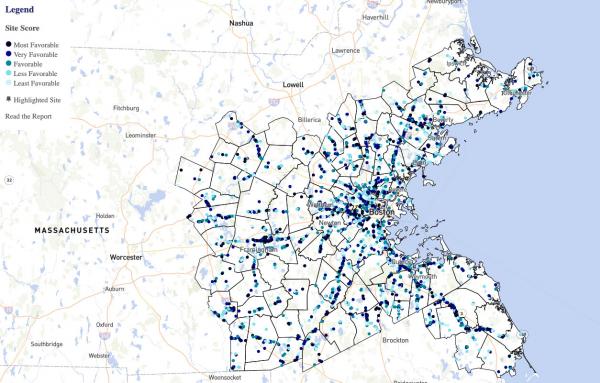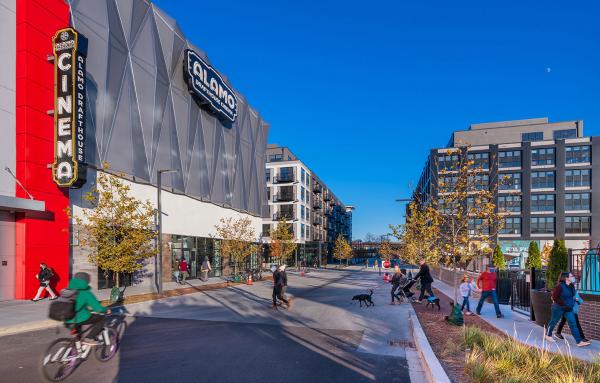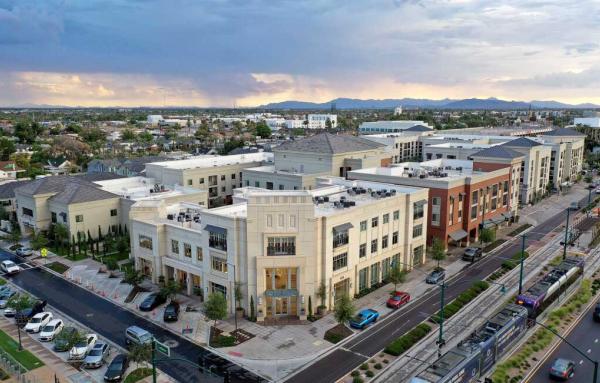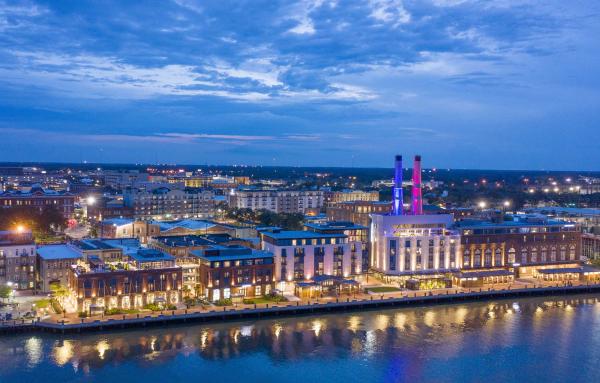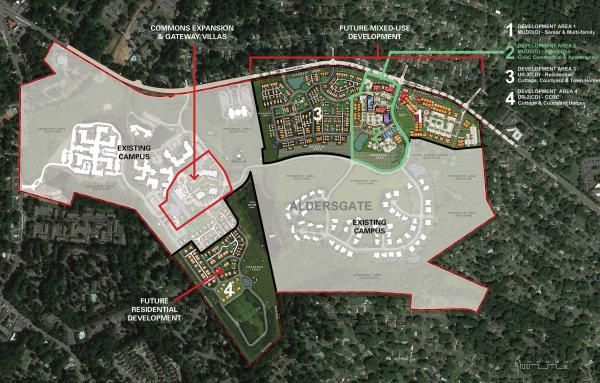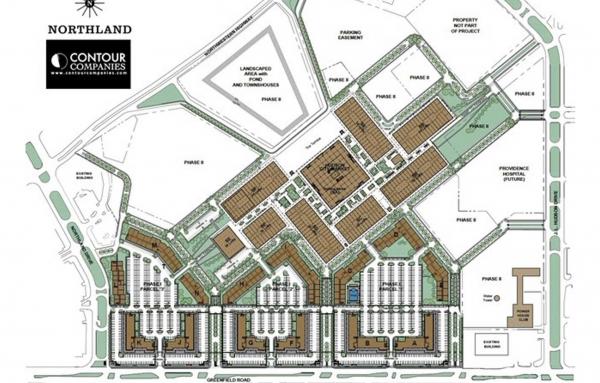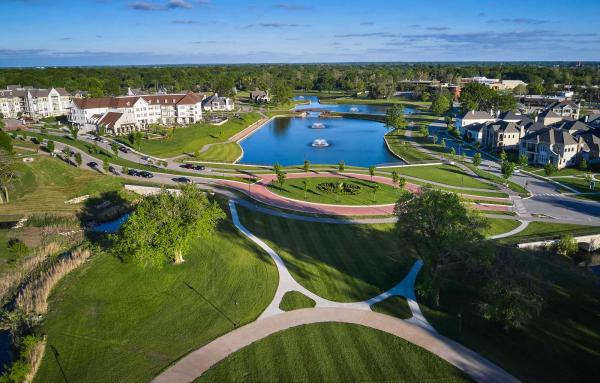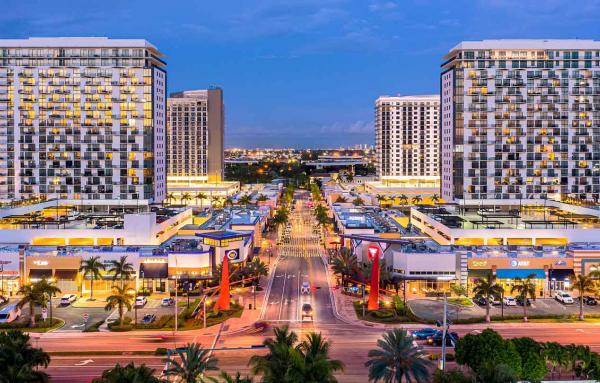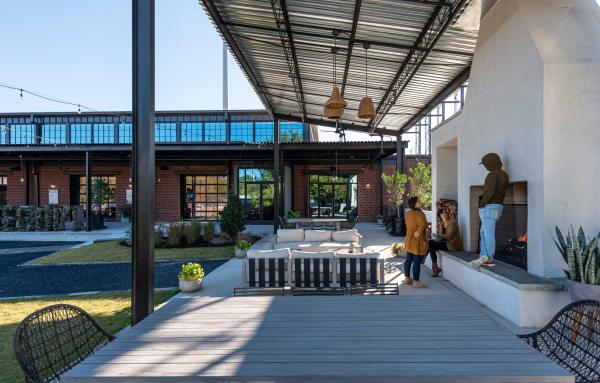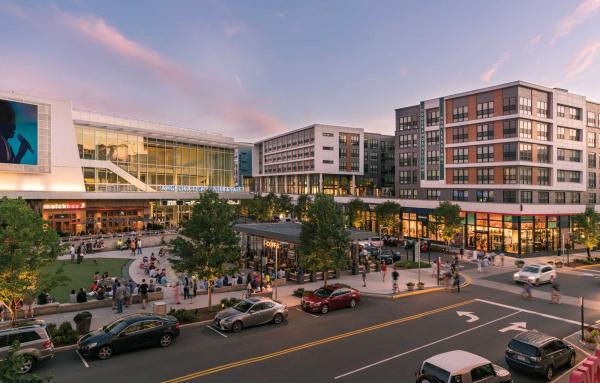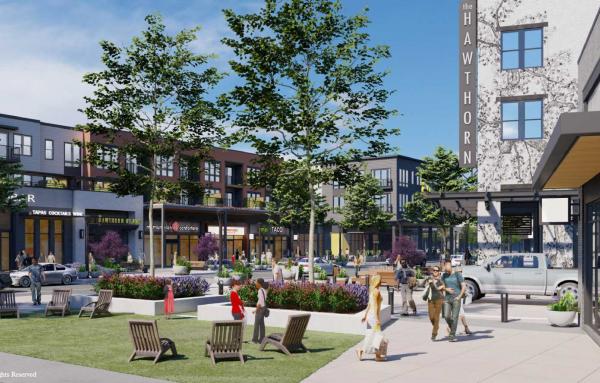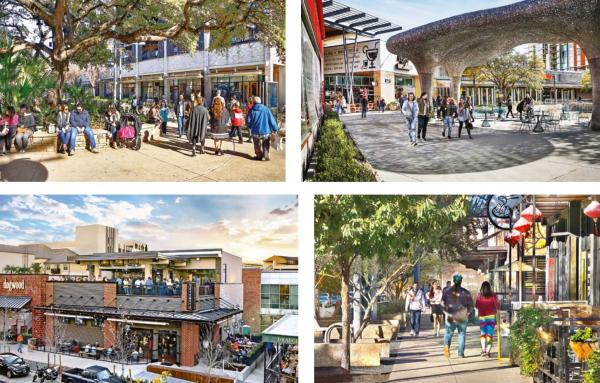Retrofit
Redeveloping the most favorable 10 percent of suburban strip malls in the Boston region would meet a major portion of the area’s housing needs in the next decade, according to a study.
A strip plaza, never a part of the walkable fabric, is redeveloped to be a well-connected neighborhood commercial and social center.
Code reform and light rail, plus a key development, are helping to transform the center of Mesa, Arizona.
Even a small waterfront site can turn into a social and economic draw for a city or town.
Continuing care retirement communities are a huge industry, planned in the suburban model, often with excess land that could be better utilized in a walkable, mixed-use form.
A major shopping mall that influenced 20th Century retail is slated to become a mixed-use urban center after getting key State of Michigan approvals in late July.
A centrally located former golf course becomes a new park of regional importance, through strategic development of a portion of the site.
Downtown Doral targets families, creates downtown in amorphous suburb, and avoids the blank slate.
Grace Midtown Church in Atlanta, Georgia, shows how underutilized industrial sites can be repurposed into community assets. Kronberg Urbanists + Architects won a merit award in the Block, Street, and Building category of CNU's 2021 Charter Awards.
A former cinema site becomes a haven for a diverse suburban population in Virginia.
The reimagining of once-cherished malls has become a necessity for owners—not only to stay relevant and compete in the marketplace, but also to identify forward-thinking redevelopment strategies that bring additional viable uses and density.
Two retrofit experts have a new book that is an essential reference for transforming suburban landscapes.
